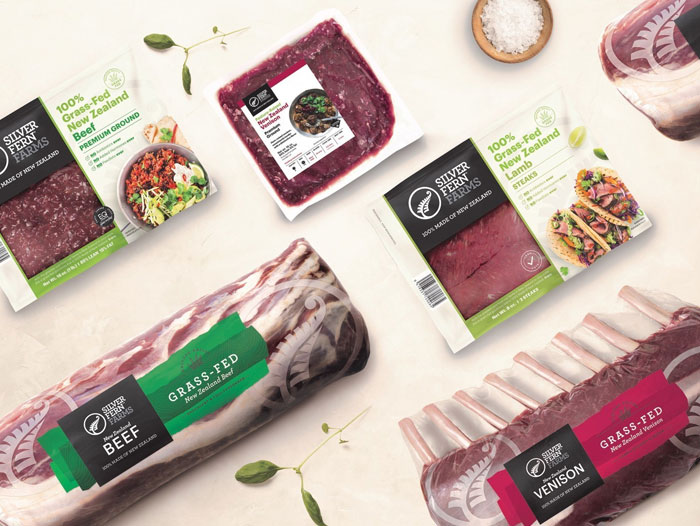
The continued rise of climate change concerns in consumer consciousness has fueled the search for more sustainable practices in the agricultural industry.
The need to preserve the environment and look for ways to combat the pollution, deforestation and biodiversity loss that can result from agriculture have helped to lead the development of more sustainable food production. More recently the concept of regenerative agriculture has hit the headlines as one possible path to a more sustainable future.
Defining Regenerative Agriculture
While there are no internationally accepted criteria that apply to regenerative agriculture, according to Regeneration International, it can be described as “farming and grazing practices that, among other benefits, reverse climate change by rebuilding soil organic matter and restoring degraded soil biodiversity – resulting in both carbon drawdown and improving the water cycle”.
Regenerative farming’s principal techniques focus on reducing soil disturbance and encouraging healthy soil biodiversity, resulting in a more stabilized soil ecosystem. Tilling or cultivation, the practice of breaking up the topsoil structure ready for planting of crops, can contribute to erosion, breakdown necessary microbial communities and may result in carbon normally stored and cycled within the soil to be released into the atmosphere.
The principles surrounding regenerative agriculture encourage the use of cover crops and varying crop rotations, increasing the variety of plants farmers grow to create fertile, nutrient-heavy soil full of diverse organic matter capable of holding more water. These techniques are meant to help the environment, prevent carbon loss into the atmosphere, while still meeting any production goals to support farmers financial and social viability.
When comparing the principles of Regenerative farming to traditional grain fed or feedlot systems, the two are poles apart. Regenerative agriculture has a focus on livestock grazing and crop rotations that aim to benefit the soil, increase carbon deposits and create a richer soil environment for crops to grow. Where feedlots rely on animals being confined and the introduction of energy intensive feeds, regenerative grazing practices aim to match animal feed demand with land in pasture using different grazing techniques to efficiently convert pasture to protein while reducing the reliance on artificial animal growth or health treatments.
The Regenerative Future & Silver Fern Farms
Regenerative farming could provide some clues to a sustainable solution or contribution to our global climate problem, and point to the future direction of agriculture more generally. Those who practice it nobly aim to benefit their own farm’s animals and soils looking after the natural environment and combatting land degradation.
While adopting regenerative farming practices could be a meaningful future for agriculture, New Zealand’s grass-fed farming systems already mirror some of the principles that advocates of regenerative farming techniques are promoting.
When it comes to agriculture and climate change, New Zealand as a country has taken a leading position. It leads the world in research to reduce methane emissions from livestock and its agricultural sector is working on a groundbreaking agreement with Government that will ultimately form a commitment for every farmer to measure and reduce their emissions. Their nation’s sheep and beef farmers have succeeded in dropping their collective carbon footprint by over 25% since the early 90s and many of their farmers have been practicing farming techniques that increase soil carbon and incorporate biodiversity and carbon sequestration into their farming landscapes. New Zealand’s natural grazing practices focus on matching animals to the natural ability of the mix of soils and climate to grow grass to meet their feed demand and minimizing the amount of intervention required in maintaining animal, soil and environmental health. That means that landscapes that are not suited to cropping are managed to convert pasture to protein while providing the additional service of preserving carbon. New Zealand’s biodiversity rich landscapes, where animals are born, bred and nurtured, use a system of rotational grazing, minimum tillage practices, and allow healthy soils to build and maintain organic matter, and carbon, over time. It also provides for sheep and beef farms in New Zealand to host 25% of the country’s native vegetation. When you combine that with woodlots, shade, shelter and erosion planting, it provides a natural carbon sink that helps to offset the natural methane emissions from the grazing livestock.
The grass-fed red meat that comes from Silver Fern Farms has been produced by applying these farming practices for decades. A commitment to sustainable farming forms an integral part of their sustainable chain of care and they are constantly exploring with their farmers, new ways to create positive change for the environment. Just like many agricultural producing nations around the world, interest in regenerative agriculture is building a head of steam in New Zealand, as we all consider our path to a more sustainable future. What ever that future holds, whatever aspects of regenerative systems prove their worth in leading us to a better world, Silver Fern Farms wants to play a role in the lighting the way.



